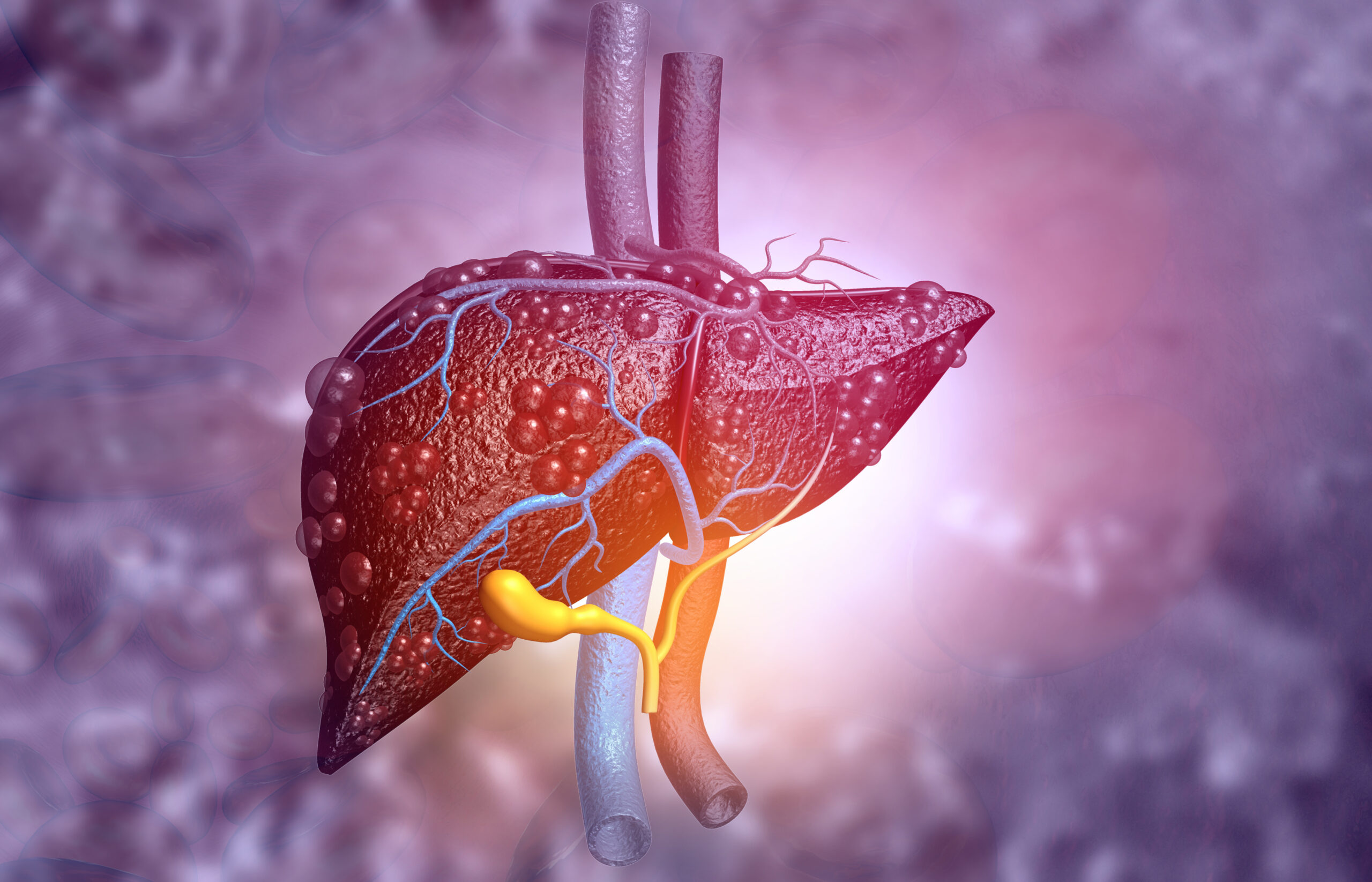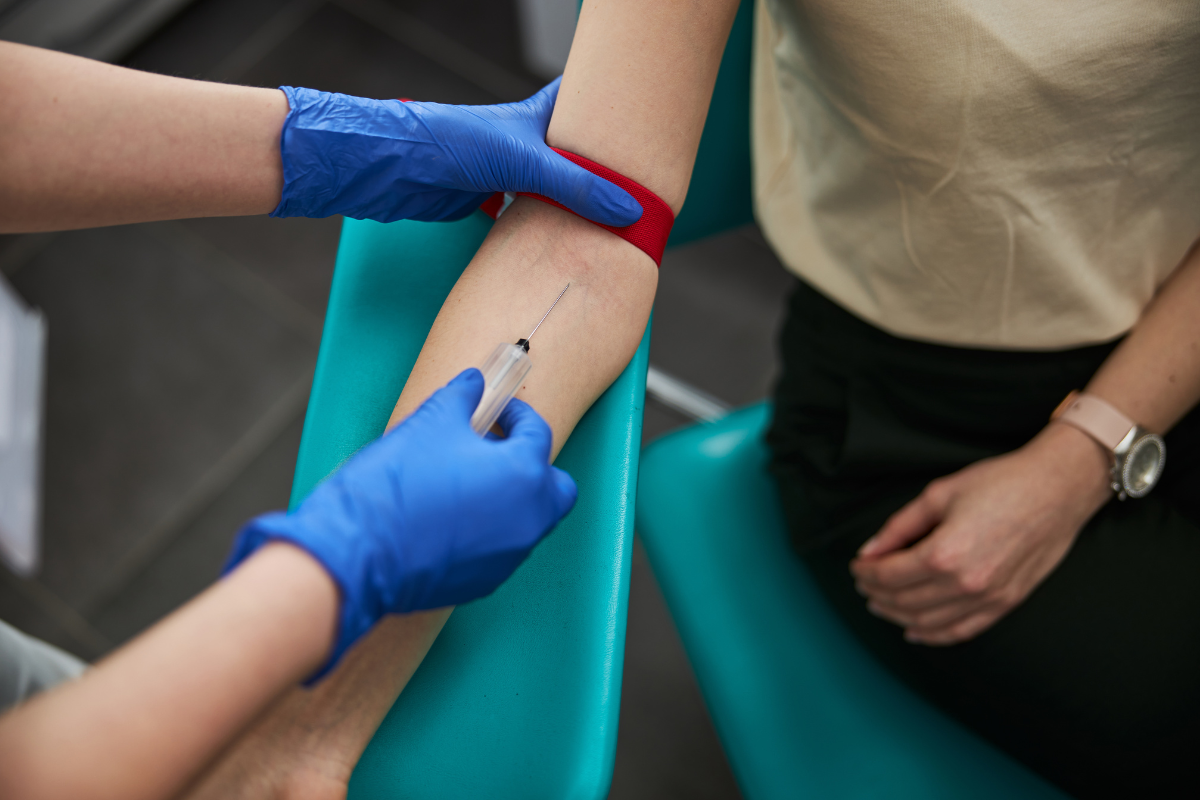Treating the Untreatable: Unlocking Precision Medicine Biomarkers for NASH

Non-alcoholic steatohepatitis, or NASH, is one of the most common chronic liver diseases of today. A form of fatty liver disease, NASH is detectable in approximately 25% of adults in the developing world and 17% of children. With the growing number of patients suffering from obesity and type II diabetes set to continue, NASH presents an increasingly urgent unmet medical need.
However, treating NASH is easier said than done. In particular, its disease pathogenesis remains unclear to scientists and clinicians. With no known history of disease progression and no approved therapies currently available, researchers are looking to the prospect of advanced biomarker technology now more than ever.
NASH: A Disease Profile
“NASH is an untreatable silent killer that affects millions of people, causing scaring and inflammation of the liver,” Vincent Mikol, Precision Medicine Head at Sanofi R&D explained. It is now the leading cause of liver cirrhosis and cancer, having taken over from hepatitis C.
Diagnosis of the condition remains limited to the very late stage of disease progression, with symptomatic indicators often taking the form of jaundice, fatigue, and weight loss. Whilst liver biopsy can provide a surefire method of diagnosis, it is a complex and invasive procedure that requires anaesthetic. In rare cases, the bleeding caused by liver biopsies can require emergency transfusion, or in even more severe cases, surgery.
French multinational pharmaceutical and healthcare company, Sanofi is now partnering in a Hospital-University Research Project aimed at accelerating the clinical development of effective NASH therapies. PreciNASH is a five-year collaboration initiative funded by the French government and supported Program of Investment for the Future (PIA).
- Identifying Prognostic Biomarkers for Follicular Lymphoma
- Enabling Precision Oncology with Tumour Profiling Solutions
- Unlocking the Potential of Spatial Multi-Omics and Cytometry
Whilst there are no approved drugs currently available to treat the disease, there are 20 experimental compounds currently in clinical trials. To date, there have been noticeable setbacks in NASH research efforts. These include Intercept Therapeutic’s Obeticholic acid candidate, which failed to receive FDA approval, and GenFit’s Elafibranor, which was unsuccessful in meeting its primary and secondary endpoints.
With a legacy of clinical difficulty and high-stake medical urgency, a viable therapeutic for NASH is predicted to unlock a global market worth 35 billion USD a year. This means the hunt is officially on for the identification of early-stage biomarkers to help unlock precision treatment for NASH.
Finding a Treatment with PreciNASH
French multinational pharmaceutical and healthcare company, Sanofi is now partnering in a Hospital-University Research Project aimed at accelerating the clinical development of effective NASH therapies. PreciNASH is a five-year collaboration initiative funded by the French government and supported Program of Investment for the Future (PIA).
“NASH is an untreatable silent killer that affects millions of people”
“Our objective at PreciNASH is the identification of a novel non-invasive model to diagnose NASH and to predict response to therapy,” Mikol explained. “PreciNASH also provides an understanding of how to develop a scoring function that tracks critical disease progression.”
As part of this consortium, researchers will access the data and samples from a mixed cohort (ABOS) of over 100 patients within a five-year period of undergoing bariatric surgery. Describing the process, Mikol added: “we started with the identification by using the literature of potential plausible biomarkers and then conducted scaling on plasma samples from NASH indicative patients compared to non-alcoholic fatty liver disease (NAFL)”.
Disease Stratification Testing
The preliminary results obtained led to a selection of ten of the best biomarker candidates. These candidates were identified as providing optimal discriminatory ability for determining those patients most likely to suffer from fatty liver disease or NASH using only a simple blood test. “We had acquired a reasonable predictive power as well as promising sensitivity,” Mikol confirmed.
“The next step was to validate the results to reach a determination of NASH risk score,” Mikol continued. “Scores based on a linear combination of each variable were used to provide the optimal threshold, specificity, and those predictions we had classified correctly and incorrectly.” Results confirm the reliability of PreciNASH’s proposed signature for identify NASH versus NAFL in patients who had undergone bariatric surgery.
What’s Next for PreciNASH?
Researchers will continue to refine the cutting-edge PreciNASH model. The model will be tested to determine the impact of further treatment strategies available to manage NASH. Mikol confirmed that so far, “back-translation has been established and we are still finalising the analysis of this data.”
Back-translation analysis has been conducted in order to determine translatability to mouse models. This has involved multi-omics data integration of mouse models followed by pathway analysis conducted in parallel to human liver study. The hope is that going forward, PreciNASH will be used to test the performance of previously known biomarkers and therapeutic targets to unlock a precision-based treatment option for the disease.
Want to stay up to date with the latest Biomarker news? Register now for Oxford Global’s flagship event, Biomarkers US: In-Person. This is a must-attend forum covering the latest trends transforming biomarker and translational research







